Castles capture our imagination like few other structures, connecting us to a world of royal intrigue, architectural brilliance, and sometimes even fairy-tale wonder. They stand as enduring testaments to human creativity and the ambitions of those who commissioned them.
Here is a list of 20 castles worldwide that offer visitors truly magical experiences through their history, setting, and architectural splendor.
Neuschwanstein Castle, Germany
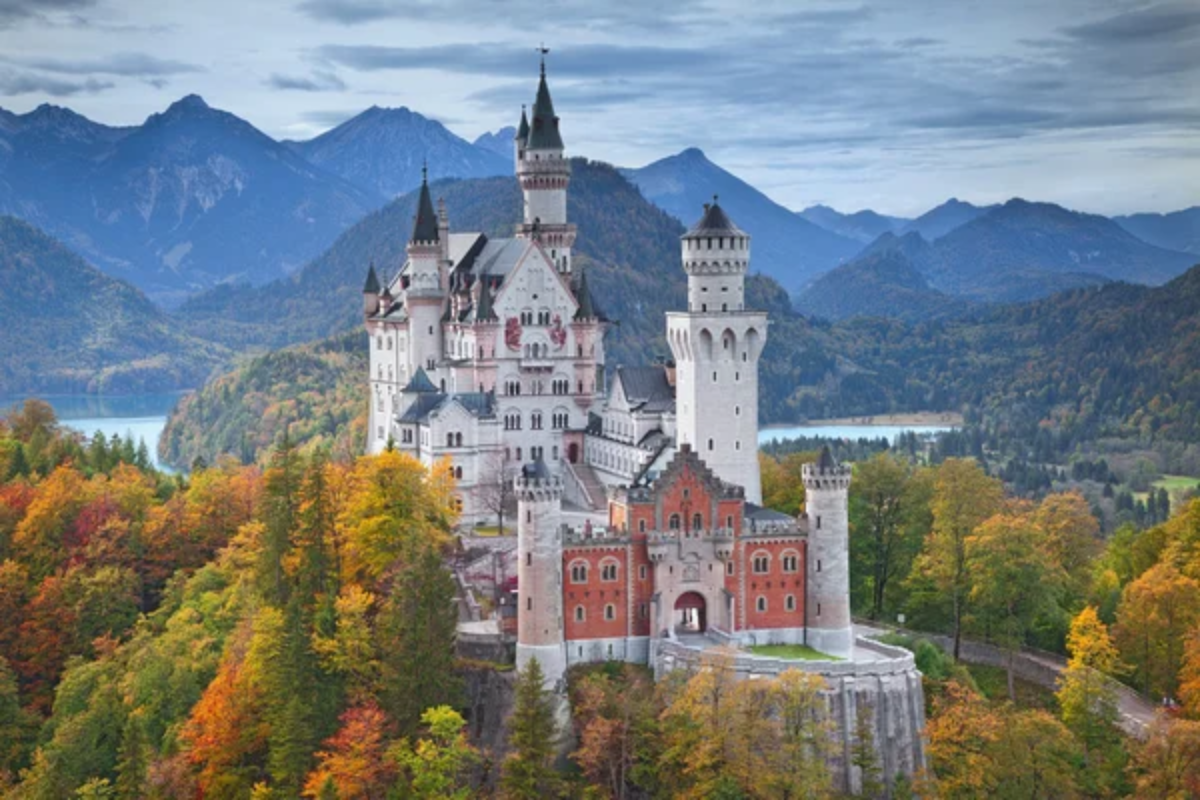
Perched dramatically on a rugged hill in Bavaria, Neuschwanstein Castle embodies the romantic vision of a medieval knight’s castle, despite being built in the 19th century. King Ludwig II commissioned this fairy tale fortress as a personal retreat and homage to Richard Wagner, with soaring towers and elaborate interiors decorated with scenes from German legends.
The castle’s dreamlike silhouette against the Alpine backdrop has inspired countless artists, including Walt Disney for his Sleeping Beauty Castle.
Edinburgh Castle, Scotland
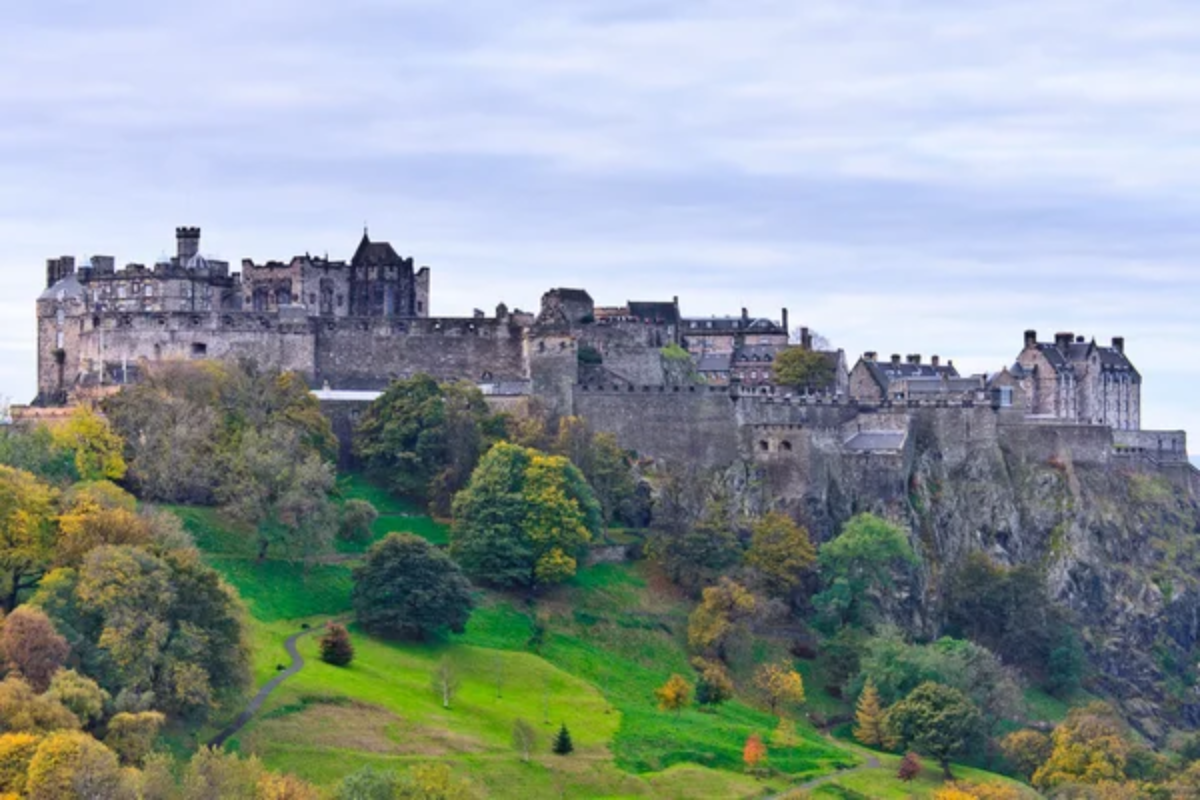
Dominating the skyline of Scotland’s capital from its perch atop an extinct volcano, Edinburgh Castle represents power made visible in stone. The fortress complex houses the Scottish Crown Jewels and the Stone of Destiny, which have been used for centuries in royal coronation ceremonies. When fog rolls in from the North Sea, shrouding the castle’s weathered battlements, visitors can easily imagine themselves transported back to medieval times when clan armies seemed poised to emerge from the mist.
Like Travel Pug’s content? Follow us on MSN.
Matsumoto Castle, Japan
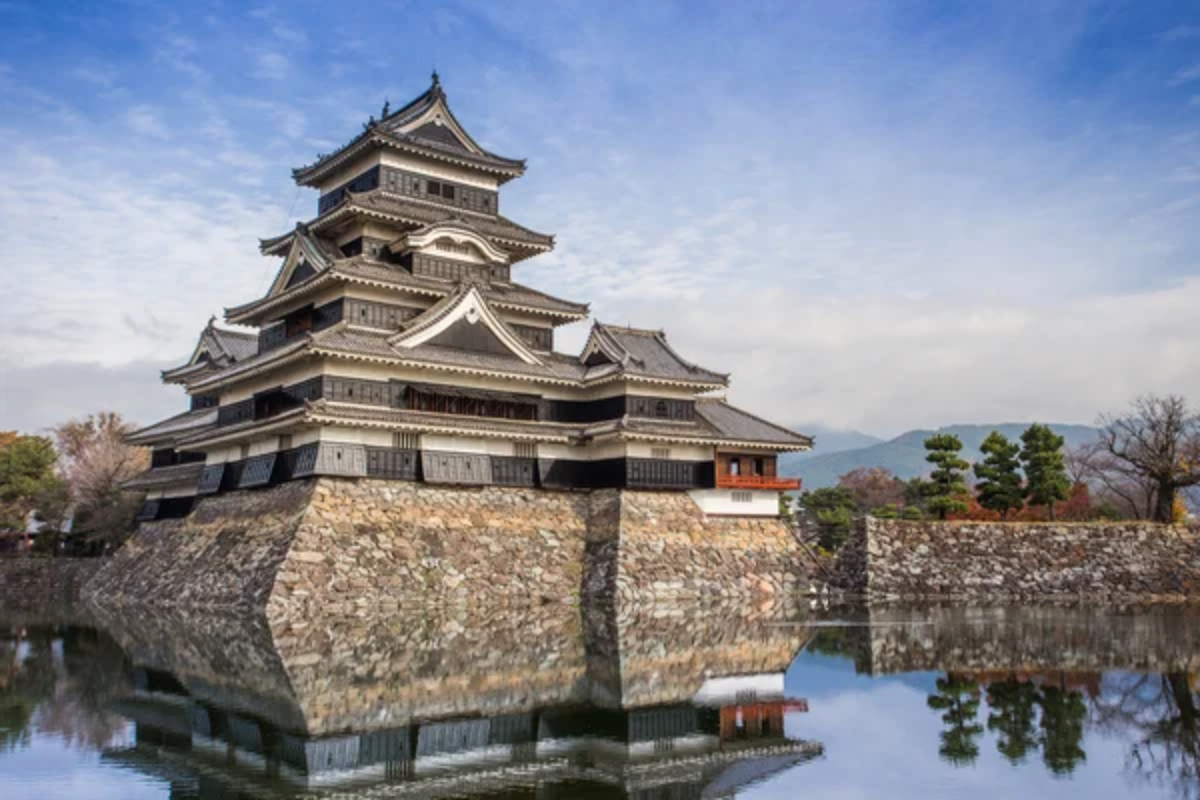
Unlike European stone fortresses, Matsumoto showcases the distinct architectural style of Japanese feudal castles with its elegant black and white exterior and multiple tiered roofs. Known as the ‘Crow Castle’ for its striking black walls, this 16th-century structure rises directly from the ground rather than sitting atop a stone foundation.
Inside, steep wooden stairs lead visitors past defensive features while the surrounding moat reflects the castle’s perfect proportions, creating a harmonious scene, especially when framed by spring cherry blossoms.
Mont Saint-Michel, France
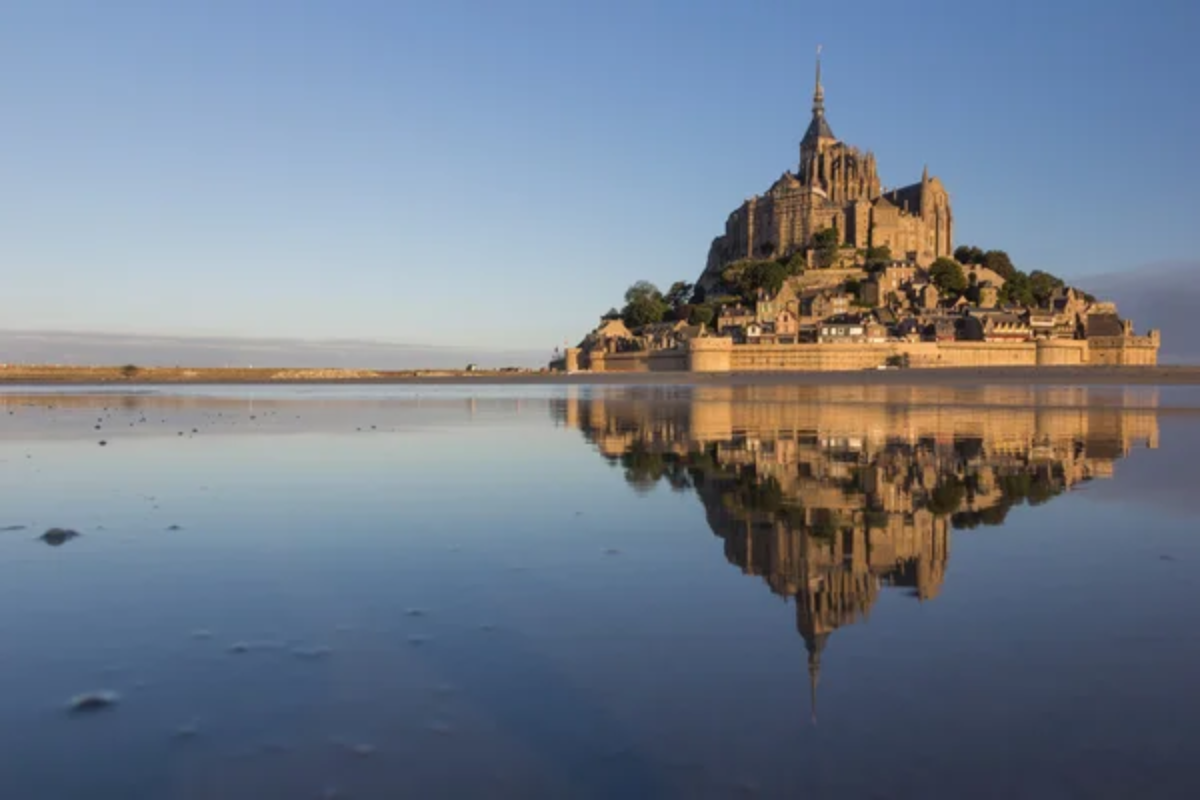
Rising from a rocky islet off Normandy’s coast, Mont Saint-Michel appears to float on the sea during high tide, creating one of the most magical vistas in Europe. While technically an abbey, its massive walls, towers, and fortifications qualify it as a castle in spirit.
The winding medieval streets climb toward the abbey church at the summit, creating a village that seems frozen in time. The dramatic tides that alternately reveal and conceal the causeway have protected this fortress for centuries.
Pena Palace, Portugal

Bursting with vivid yellows, reds, and purples, Pena Palace in Sintra looks more like a child’s fantasy creation than a royal residence. This 19th-century Romanticist castle incorporates Gothic, Moorish, Renaissance, and Manueline architectural elements in a gloriously eclectic design.
Perched atop a hill surrounded by lush forests, its colorful towers and decorative battlements emerge from morning mist like something from a dream, making it one of Europe’s most photogenic royal residences.
Like Travel Pug’s content? Follow us on MSN.
Predjama Castle, Slovenia
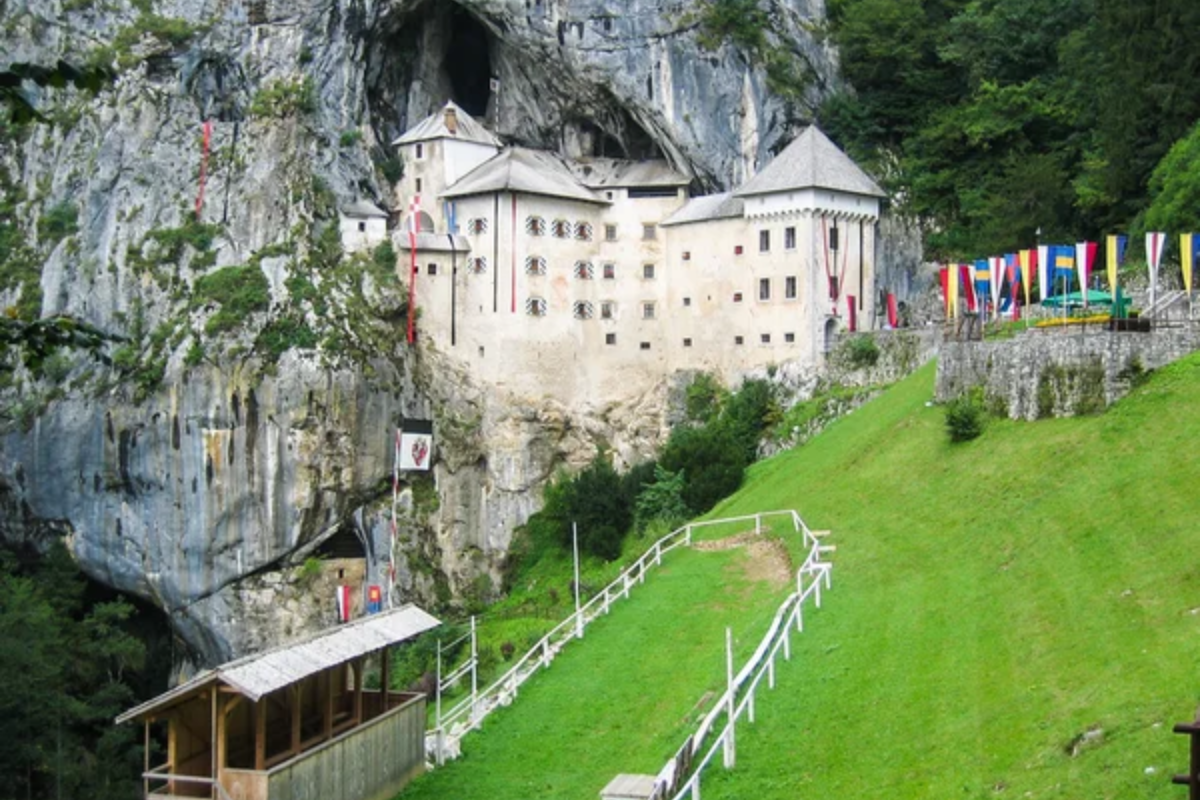
Built directly into the mouth of a cave halfway up a 130-foot cliff, Predjama Castle seems to grow organically from the limestone rock face. This Renaissance fortress incorporates a natural cave system that provided secret escape routes and made it nearly impossible to conquer.
The castle’s most famous resident, knight Erazem Lueger, reportedly survived a year-long siege thanks to these hidden passages, adding to the mysterious atmosphere that surrounds this architectural marvel.
Himeji Castle, Japan
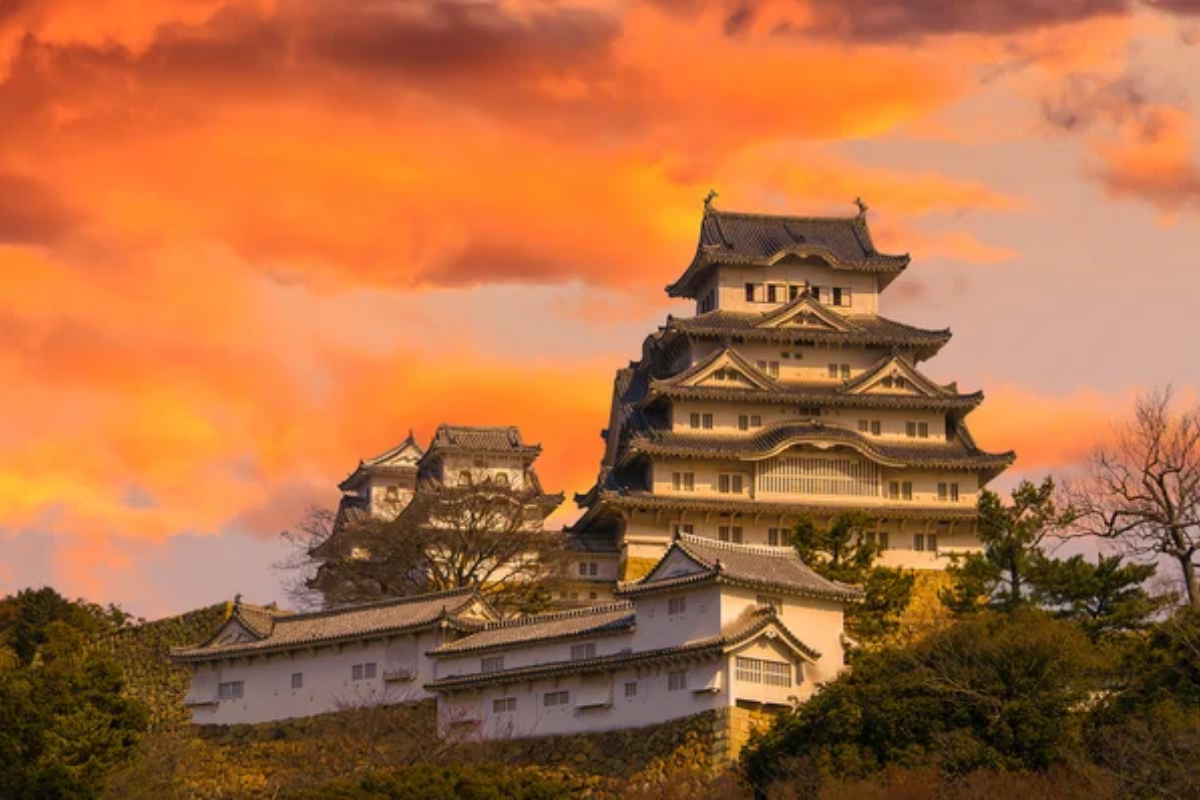
Known as the ‘White Heron Castle’ for its elegant white exterior and wing-like roof design, Himeji represents the pinnacle of Japanese castle architecture. The complex includes 83 buildings with advanced defensive systems, including confusing mazes, hidden gates, and stone-drop platforms.
Despite being over 400 years old and surviving bombings during World War II, this UNESCO World Heritage site retains its original wooden interiors and brilliant white façade that appears to float above the city.
Bran Castle, Romania
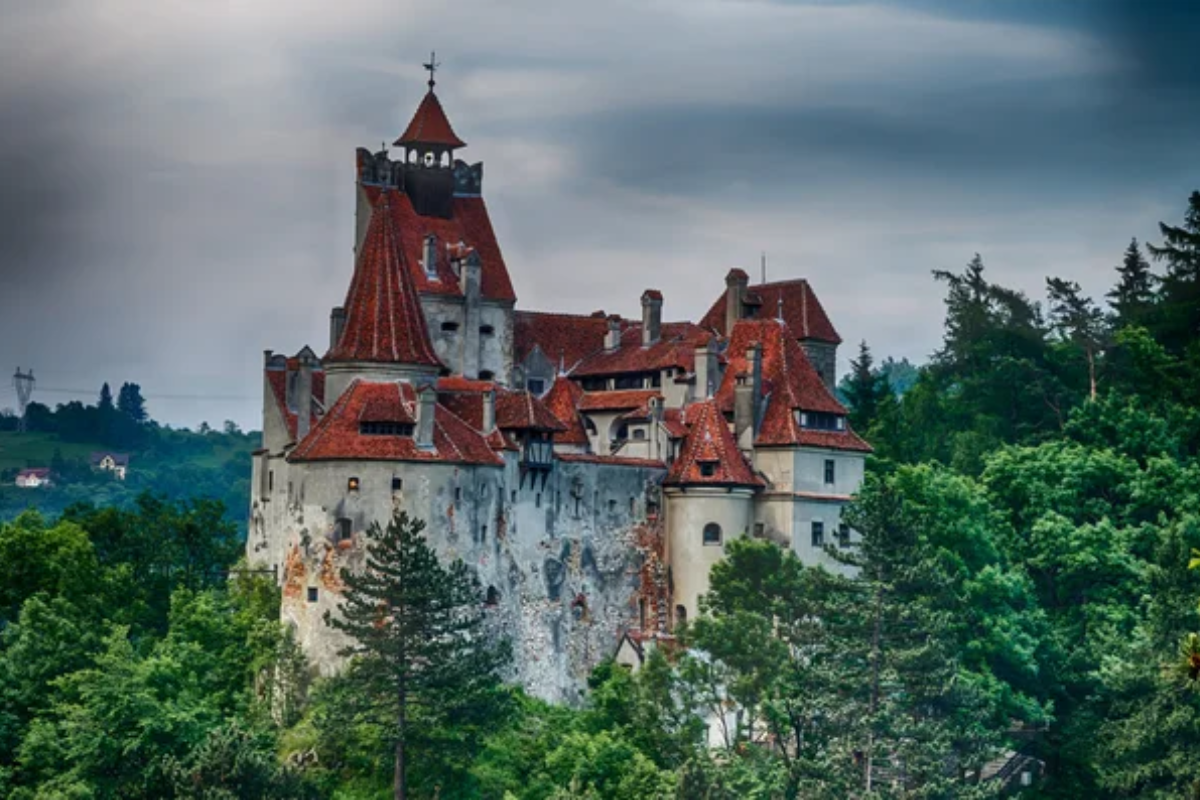
Though its connection to Vlad the Impaler is tenuous at best, Bran Castle has embraced its reputation as ‘Dracula’s Castle’ based on its similarity to the fortress described in Bram Stoker’s novel. The imposing stone structure rises from forest-covered hills in Transylvania, with narrow winding staircases connecting numerous rooms filled with period furniture and art.
The castle’s mystery deepens in autumn when fog shrouds the castle and surrounding forests, creating the perfect setting for vampire legends.
Like Travel Pug’s content? Follow us on MSN.
Prague Castle, Czech Republic
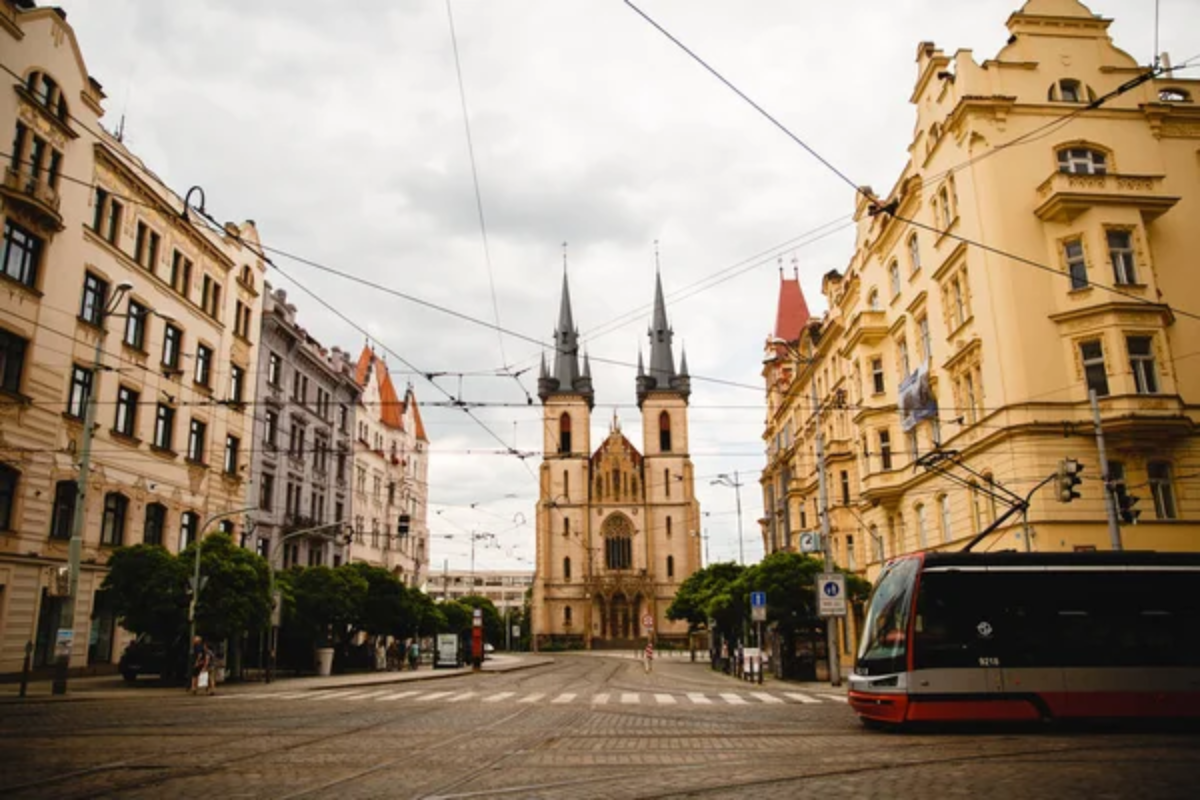
Claiming the Guinness record as the largest ancient castle complex worldwide, Prague Castle stretches across nearly 750,000 square feet overlooking the Vltava River. The complex evolved over centuries, incorporating Romanesque, Gothic, Renaissance, and Baroque elements into a harmonious whole dominated by the soaring spires of St. Vitus Cathedral.
As the sun sets, the castle is bathed in golden light, from Charles Bridge offers one of Europe’s most magical urban vistas.
Hohenzollern Castle, Germany
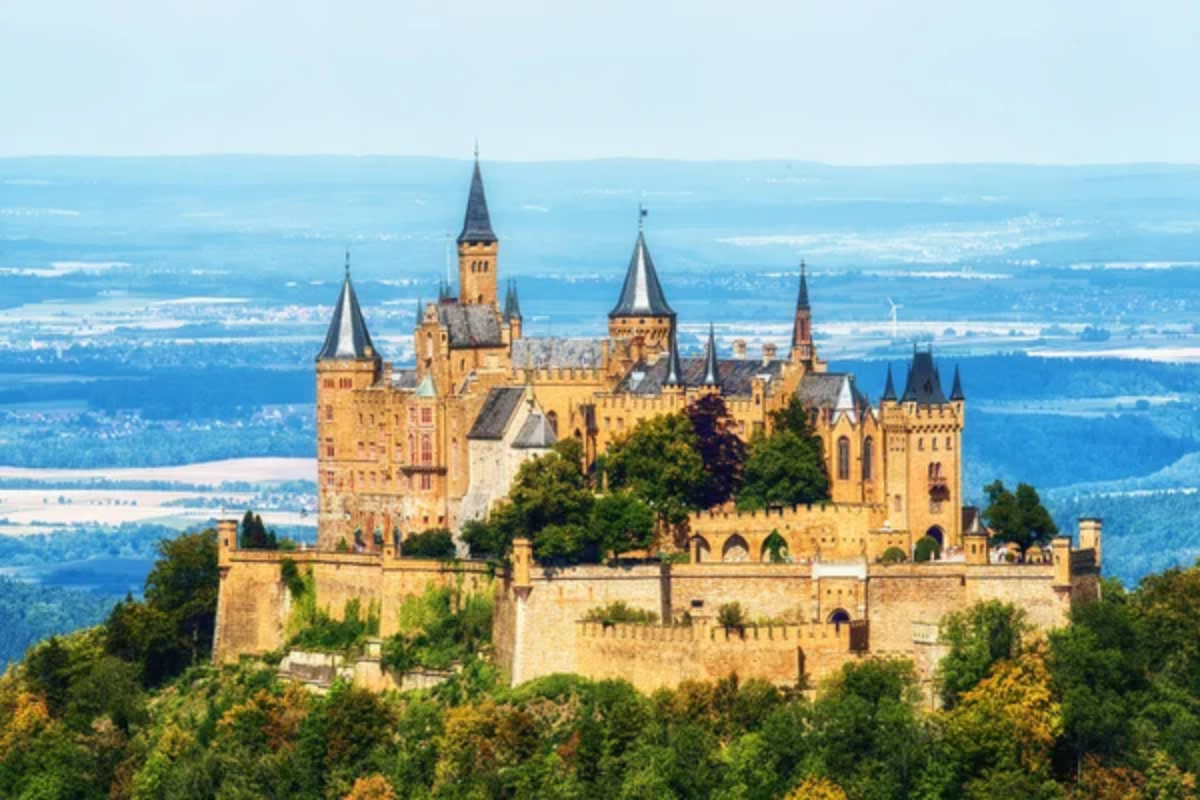
Appearing to float above the clouds when fog fills the valley below, Hohenzollern Castle occupies a commanding position atop Mount Hohenzollern. The current neo-Gothic structure dates from the 19th century but occupies the site of two previous medieval castles.
Its pointed turrets, battlements, and royal apartments exemplify romantic period castle architecture. At the same time, its location provides panoramic views of the surrounding Swabian Alps that make visitors feel they’ve entered a realm above the ordinary world.
Eilean Donan Castle, Scotland

Situated on a small tidal island where three lochs meet, Eilean Donan Castle has become an iconic symbol of the Scottish Highlands. Though largely reconstructed in the early 20th century, the castle faithfully recreates the medieval fortress that once controlled the waterway.
Stone bridges connect the island to the mainland, while mountains create a dramatic backdrop for this intimate castle, whose weathered stone walls seem to be an extension of the rugged landscape itself.
Like Travel Pug’s content? Follow us on MSN.
Chenonceau Castle, France
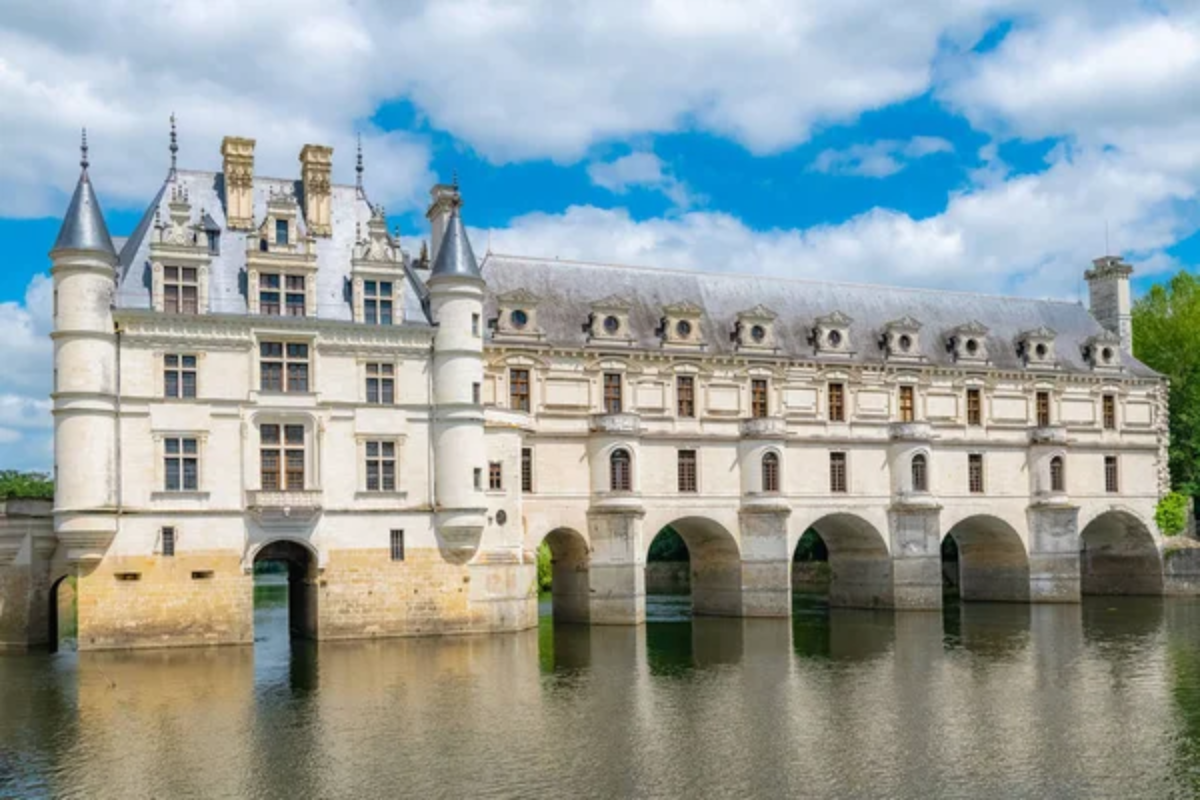
Gracefully spanning the River Cher on elegant stone arches, Chenonceau Castle appears to float on water. Known as the ‘Ladies’ Castle’ for the succession of remarkable women who shaped its design, this Loire Valley gem features formal gardens, a grand gallery above the river, and interiors decorated with fine tapestries and paintings.
The castle’s reflection in the still waters below doubles its beauty, creating an almost surreal scene that epitomizes French Renaissance elegance.
Alhambra, Spain
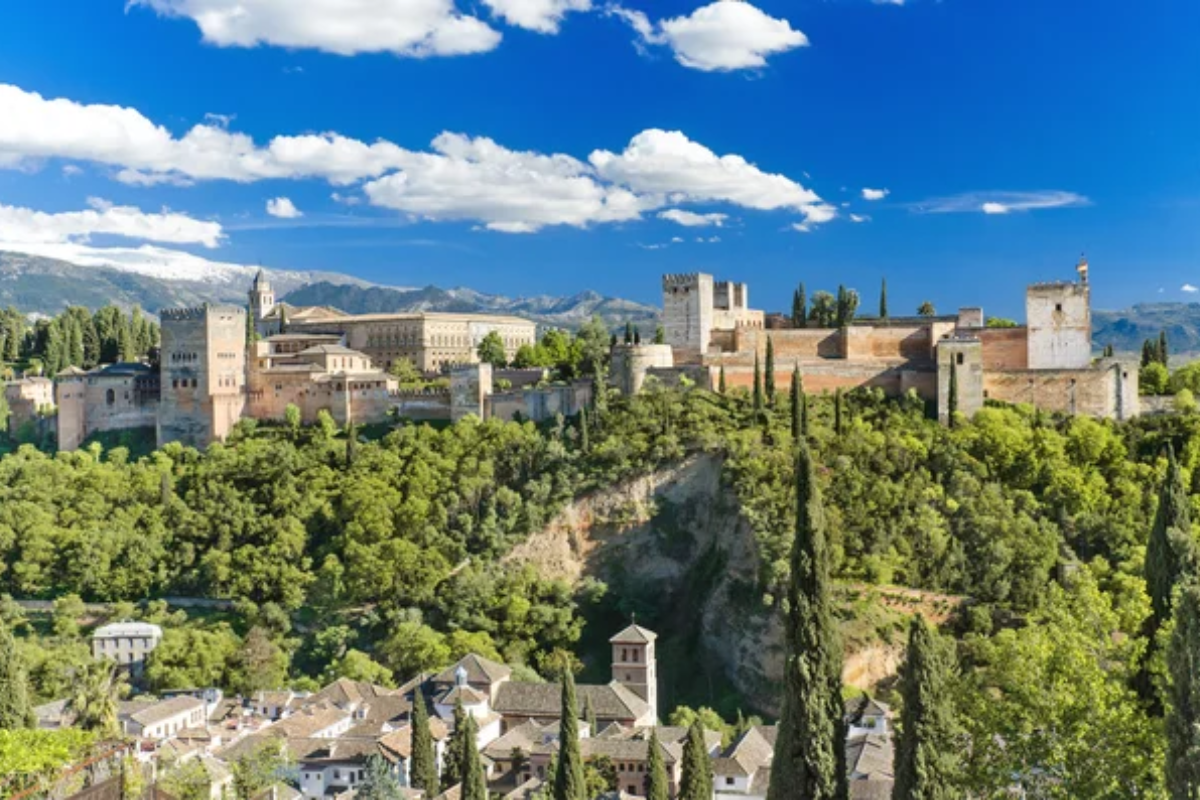
This sprawling hilltop complex in Granada represents the pinnacle of Moorish architecture in Spain, blending fortress elements with sumptuous palaces. Intricate geometric patterns, water features that create natural air conditioning, and hidden courtyards demonstrate the sophistication of 14th-century Islamic design.
The name Alhambra, meaning ‘red castle’ in Arabic, comes from the warm hue of its outer walls at sunset, when the fortress truly looks like something from The Arabian Nights.
Hunyad Castle, Romania
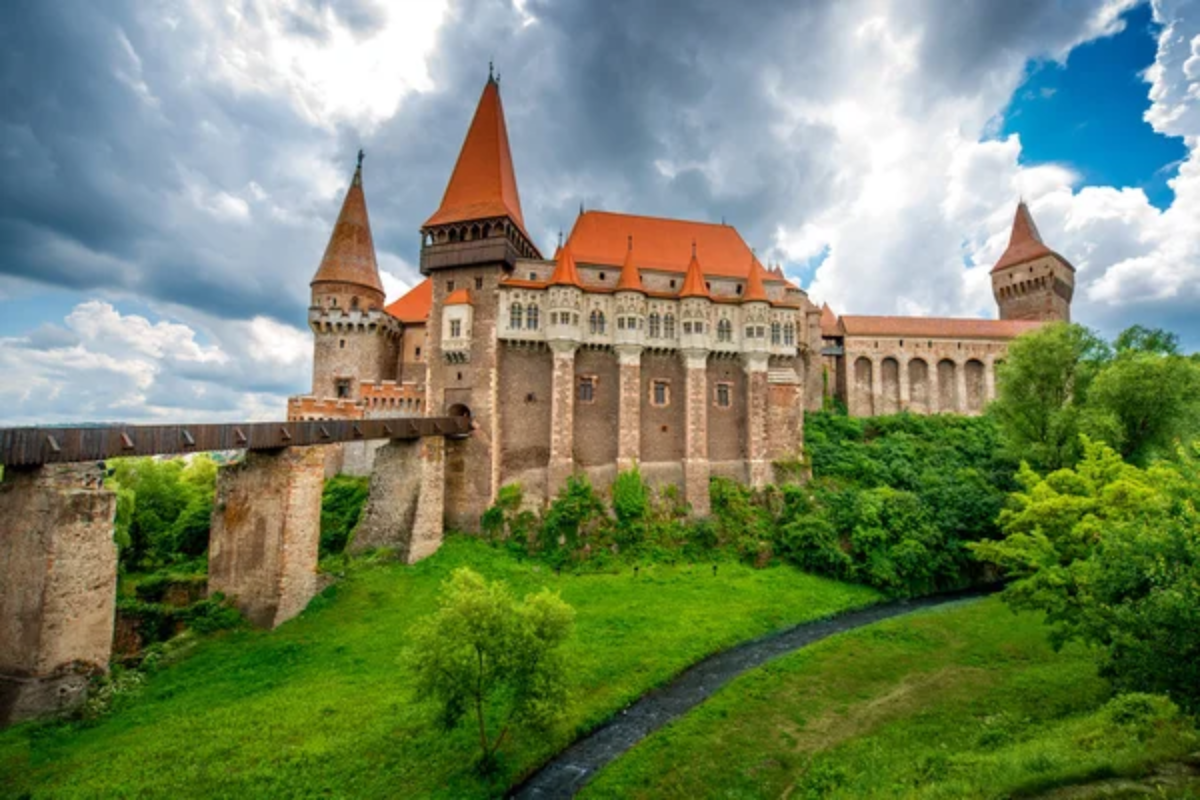
With its imposing Gothic-Renaissance architecture featuring tall towers, bastions, and a drawbridge over a bear pit, Hunyad Castle embodies medieval military might. Built in the 15th century by John Hunyadi, the castle combines defensive strength with surprising artistic elements, including colorfully painted towers and elaborate stone carvings.
Legend claims Vlad the Impaler was imprisoned here, adding another layer of dark fascination to this imposing structure that seems designed for a villain in a fairy tale.
Like Travel Pug’s content? Follow us on MSN.
Conwy Castle, Wales
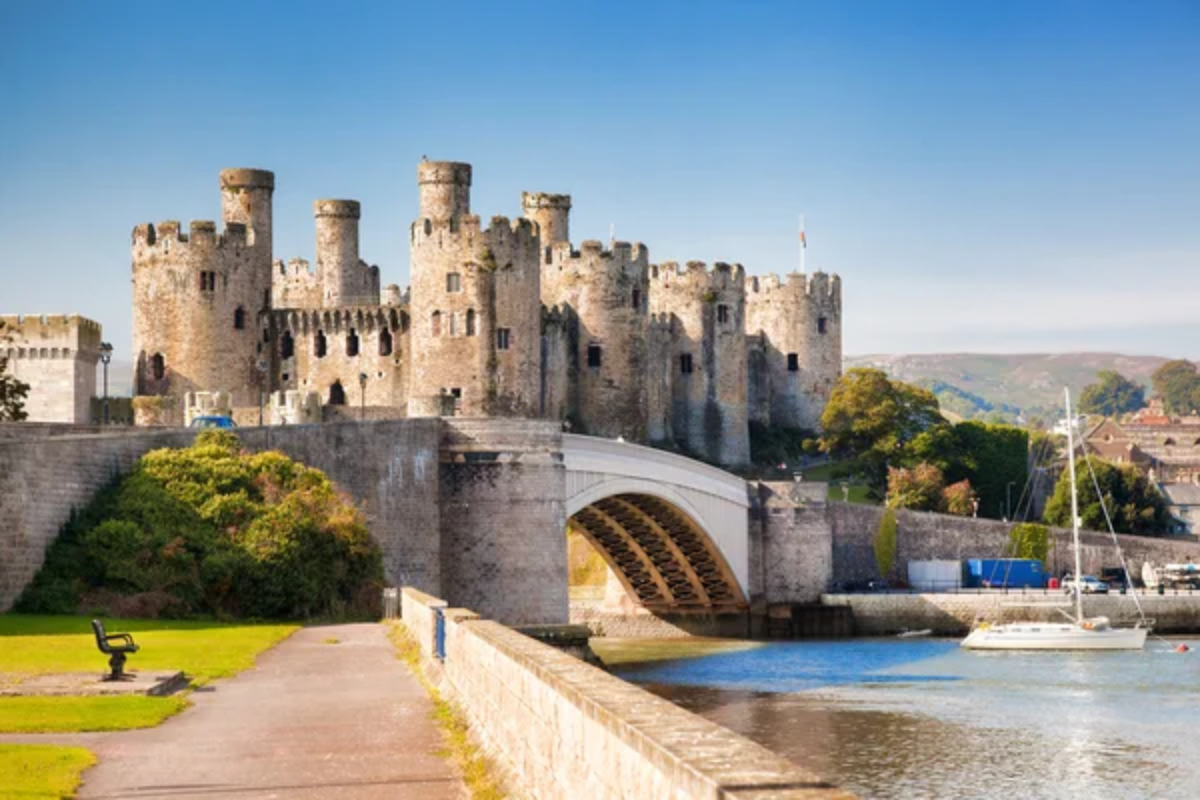
Built by Edward I during his conquest of Wales, Conwy Castle represents the pinnacle of medieval military architecture with its eight massive round towers and two barbicans. The fortress dominates the walled town and estuary below, creating a remarkably complete medieval urban landscape.
The castle’s simple yet powerful design, with towers that seem to grow naturally from the rocky outcrop beneath, demonstrates how functional military architecture can achieve a harsh beauty that perfectly complements the rugged Welsh landscape.
Hearst Castle, United States
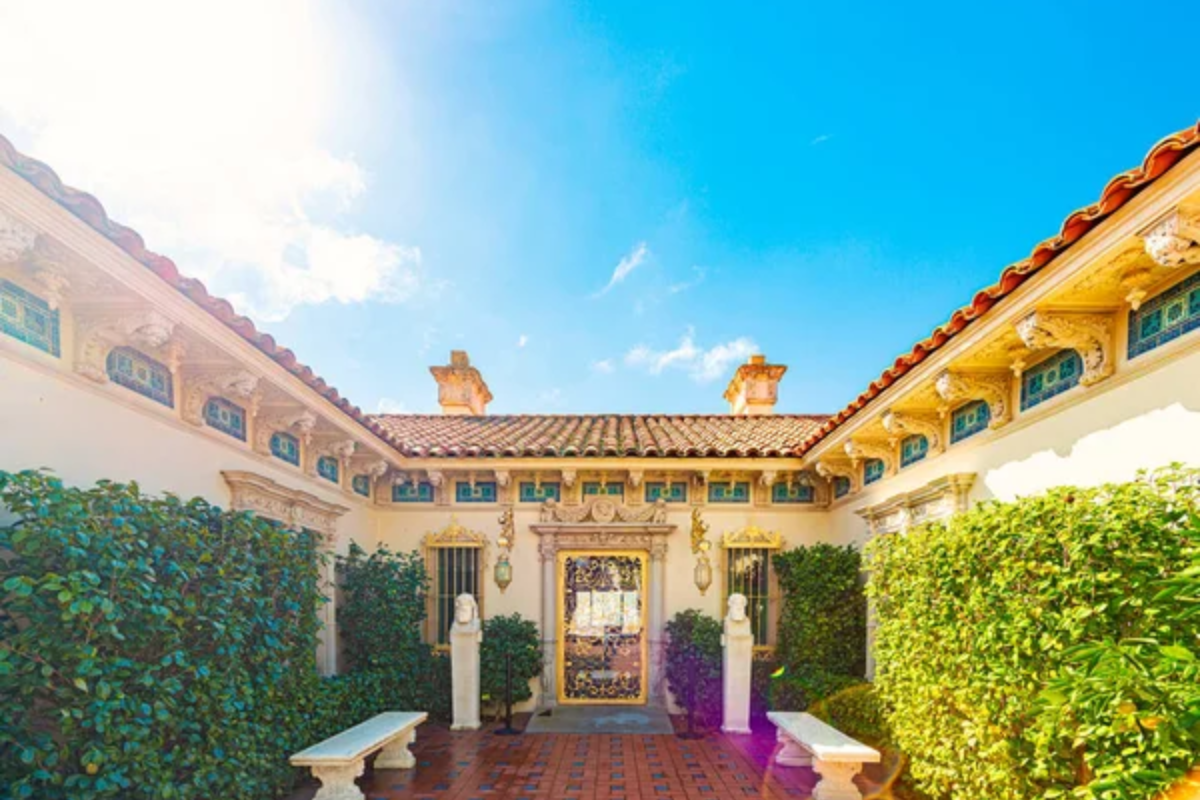
Newspaper magnate William Randolph Hearst created his ‘Enchanted Hill’ in California by combining elements from his favorite European castles and cathedrals into a lavish and theatrical personal retreat. The main building, Casa Grande, features twin towers inspired by a Spanish cathedral, while the surrounding guest houses, pools, and gardens incorporate Roman, Greek, and Egyptian influences.
Unlike ancient European castles built for defense, Hearst Castle represents pure fantasy architecture designed for pleasure and entertaining Hollywood’s elite.
Bojnice Castle, Slovakia
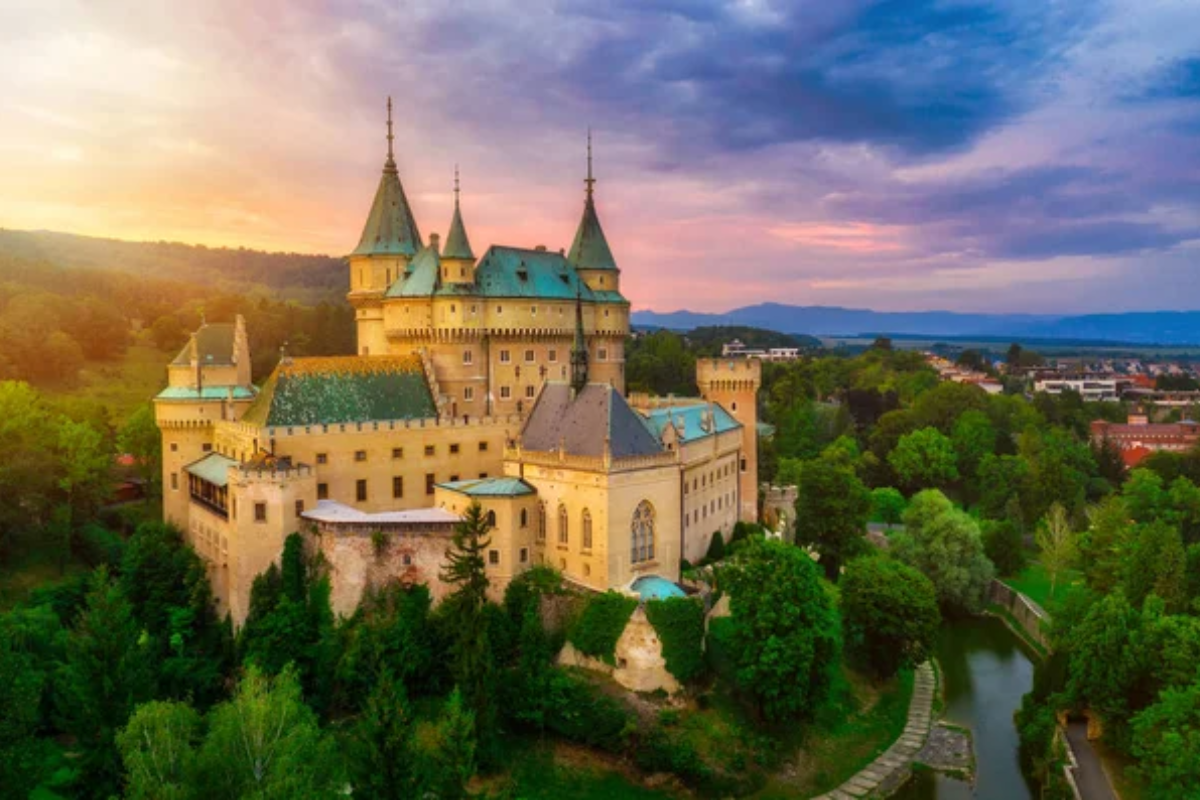
Looking like it materialized directly from a fairy tale illustration, Bojnice Castle features conical spires, romantic turrets, and a dramatic setting above a cave. Originally built as a wooden fortress in the 12th century, the castle was transformed in the 19th century into a neo-Gothic masterpiece with lavish interiors, including a famous Golden Hall.
The surrounding park, home to 600-year-old linden trees, and the castle’s annual International Festival of Ghosts and Spooks enhance the magical atmosphere.
Like Travel Pug’s content? Follow us on MSN.
Citadel of Aleppo, Syria
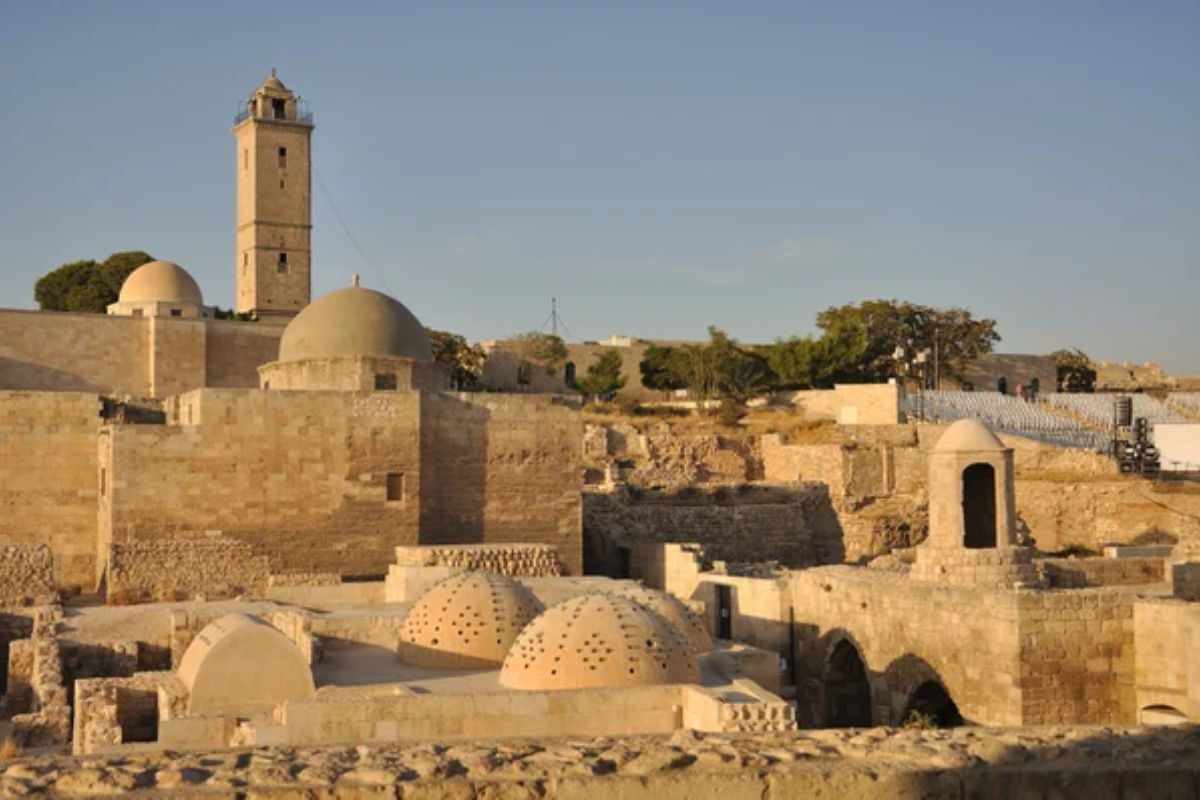
Rising dramatically from a hill in one of the world’s oldest continuously inhabited cities, the Citadel of Aleppo has witnessed more than 5,000 years of human history. The massive entrance ramp, designed to make invaders vulnerable by forcing them to expose their unshielded right sides, leads to an impressive complex of palaces, hammams, mosques, and defensive works.
Despite damage during Syria’s civil war, the citadel remains among history’s most impressive fortifications and a testament to human resilience.
Osaka Castle, Japan
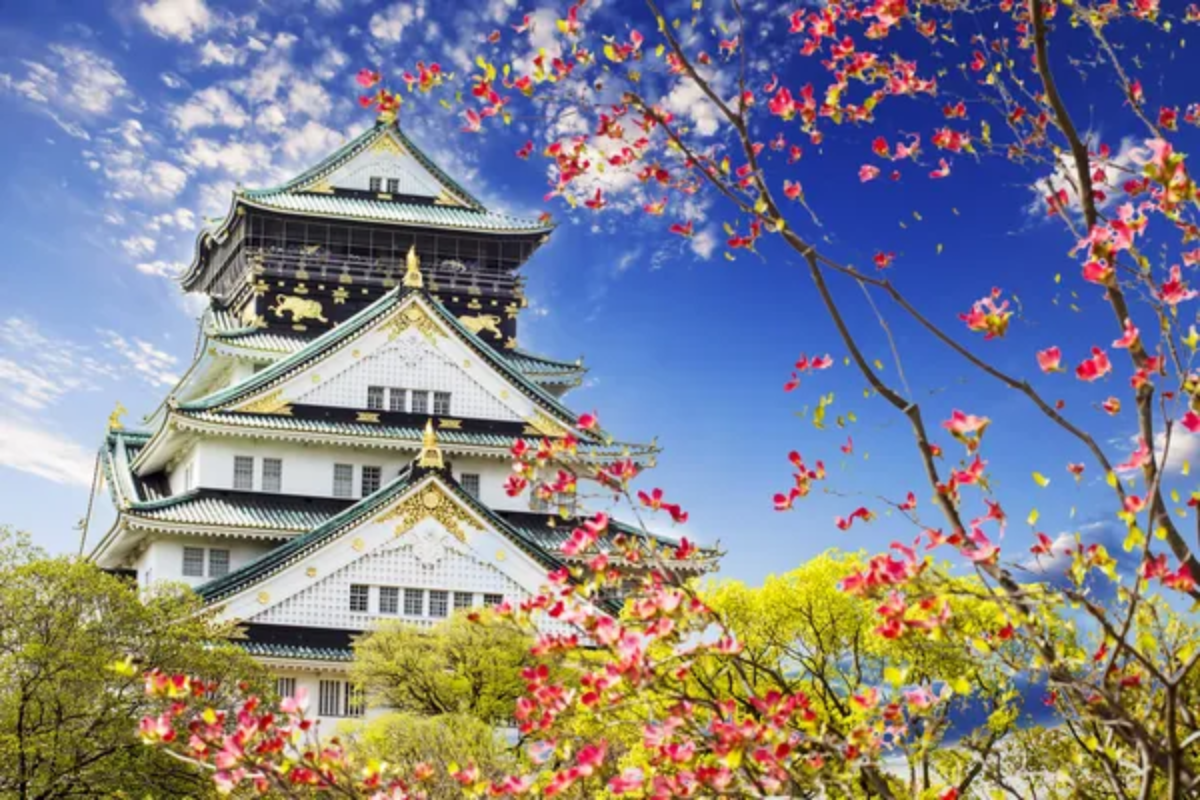
With its distinctive white walls and gold accents, Osaka Castle rises majestically above an extensive moat and stone walls containing massive rocks, some weighing over 220,000 pounds. The five-story main tower, while a concrete reconstruction of the original, houses an excellent museum about castle warfare and serves as a symbol of Japanese craftsmanship.
During spring, thousands of cherry trees bloom throughout the castle grounds, creating magical pink canopies that contrast beautifully with the white fortress.
Chillon Castle, Switzerland
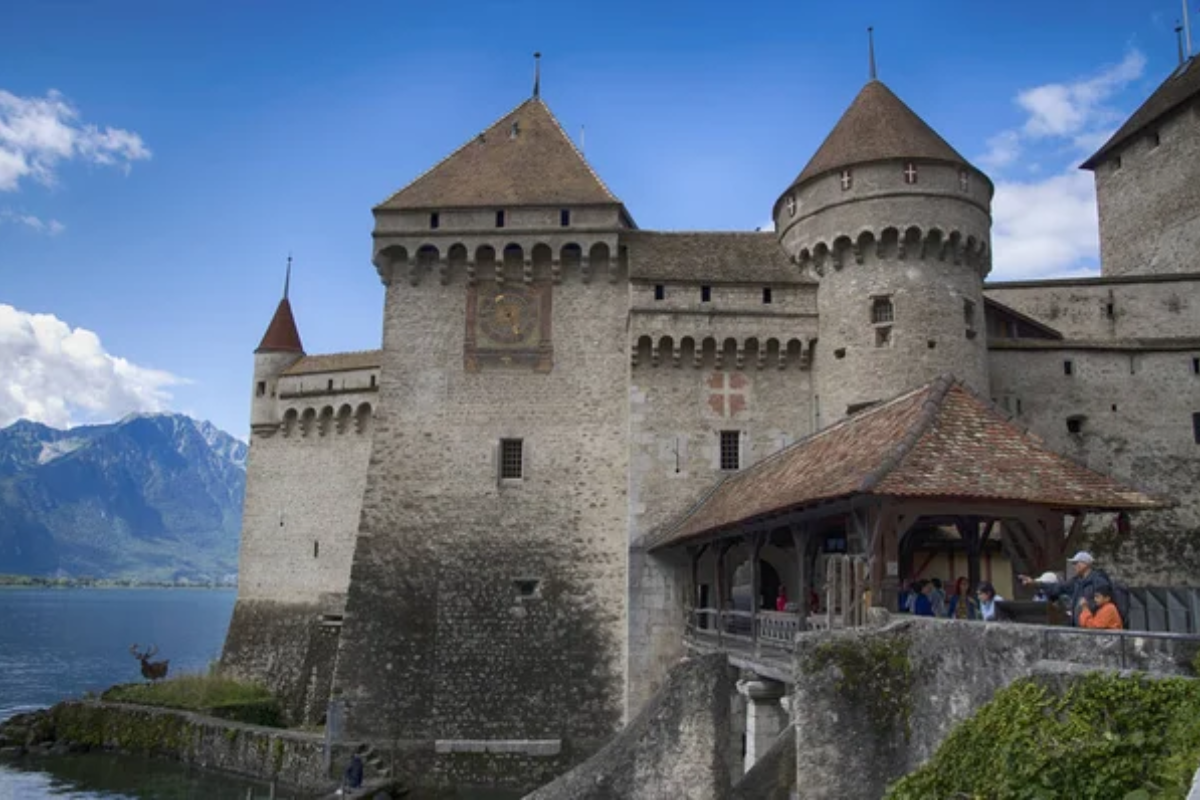
Extending into the waters of Lake Geneva with the Alps rising dramatically behind it, Chillon Castle occupies what might be the most picturesque setting of any fortress. This water castle controlled the road between northern and southern Europe, collecting tolls from travelers for centuries.
The stone halls, chapels, and dungeons inspired Lord Byron’s poem ‘The Prisoner of Chillon,’ further cementing its place in romantic imagination. Whether viewed from the water or explored from within, Chillon epitomizes the magical connection between human architecture and natural splendor.
Like Travel Pug’s content? Follow us on MSN.
Fairy Tale Foundations in Stone
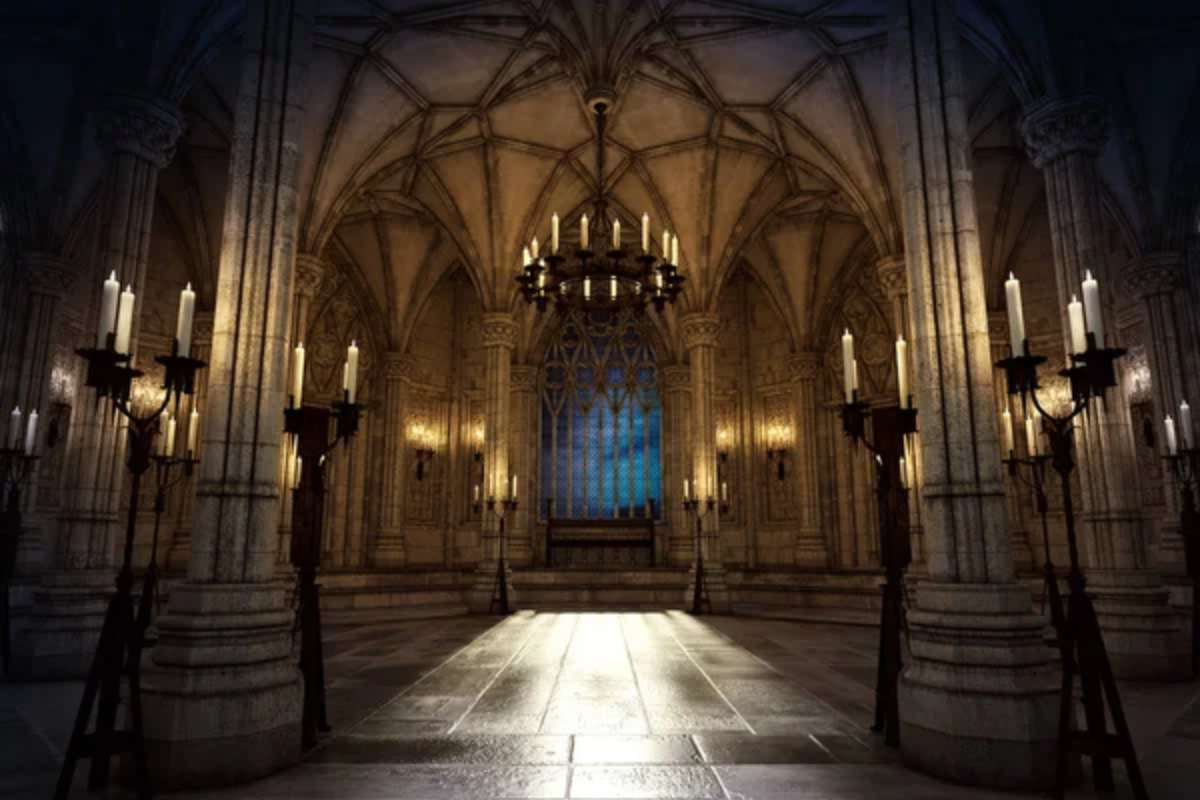
These magnificent structures represent more than just military strongholds or royal residences—they embody human aspirations, cultural values, and architectural innovation across centuries and continents.
From misty Scottish highlands to Japanese mountain plateaus, castles transform their landscapes while being shaped by them, creating scenes of such distinctive beauty that they continue to inspire art, literature, and millions of travelers annually. Whether built for protection, prestige, or pleasure, the world’s most magical castles connect us tangibly to both historical realities and the timeless realm of human imagination.
More from Travel Pug

- Cities Growing so Fast You Won’t Recognize Them in 10 Years
- 13 Destinations Where Tourists Regularly Regret Their Trip
- 16 U.S. Cities That Are Quietly Becoming Travel Hotspots
- Where to Travel If You Love Long Bus Rides and Daydreams
- 20 Cities Perfect for Solo Travelers Who Crave Adventure & Culture
Like Travel Pug’s content? Follow us on MSN.
